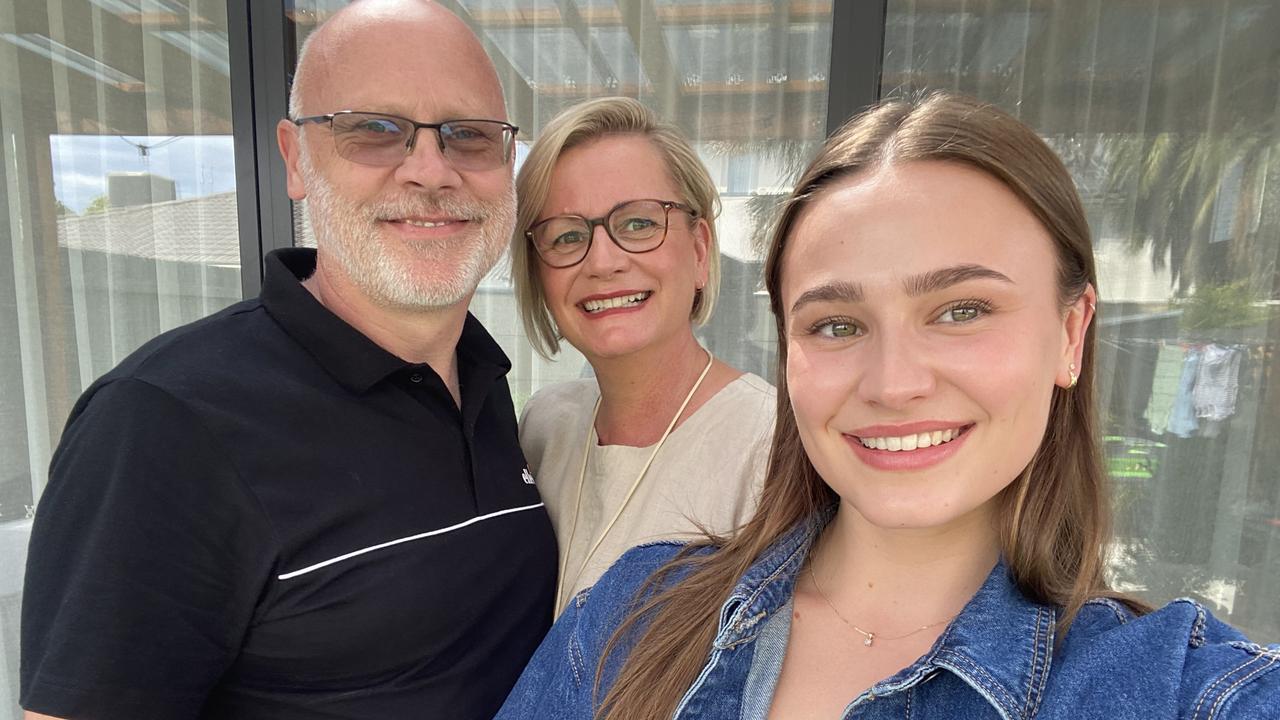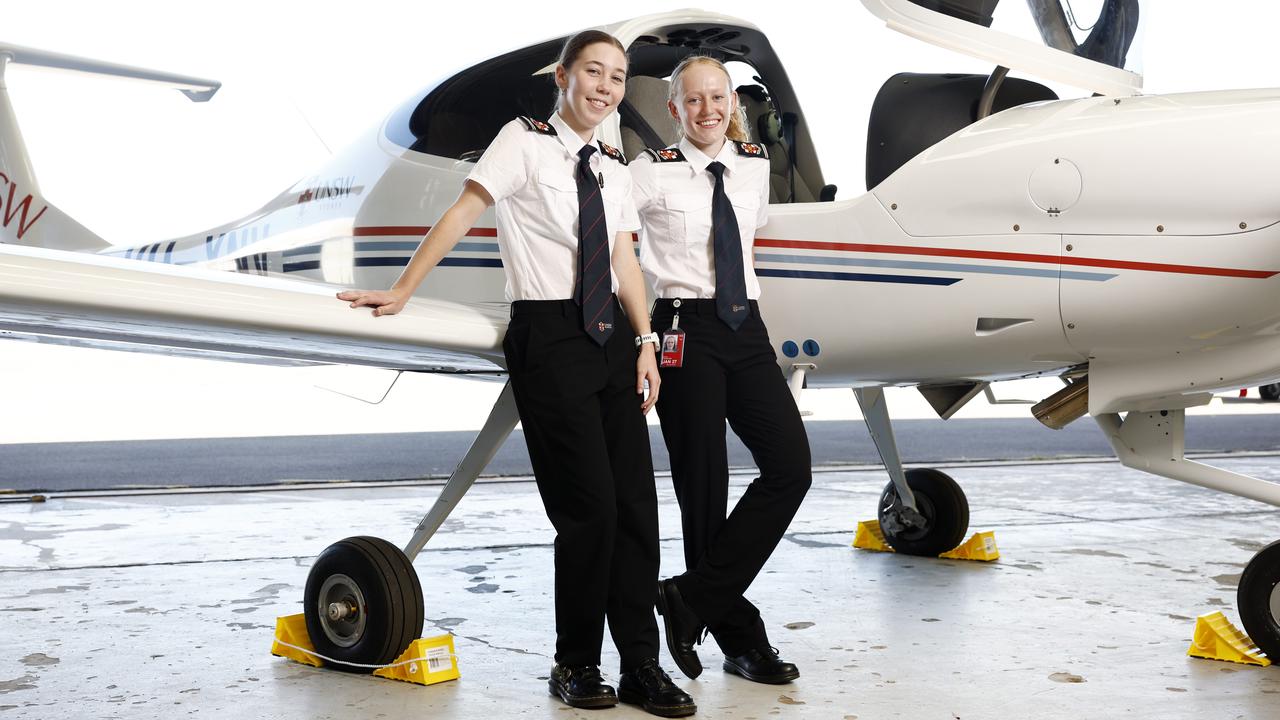School survey reveals student engagement going backwards
The NSW government is “failing students and teachers” in the area of wellbeing, the teachers’ union claims, with the education department falling short of its own targets — but the government says it’s a global, post-Covid trend.
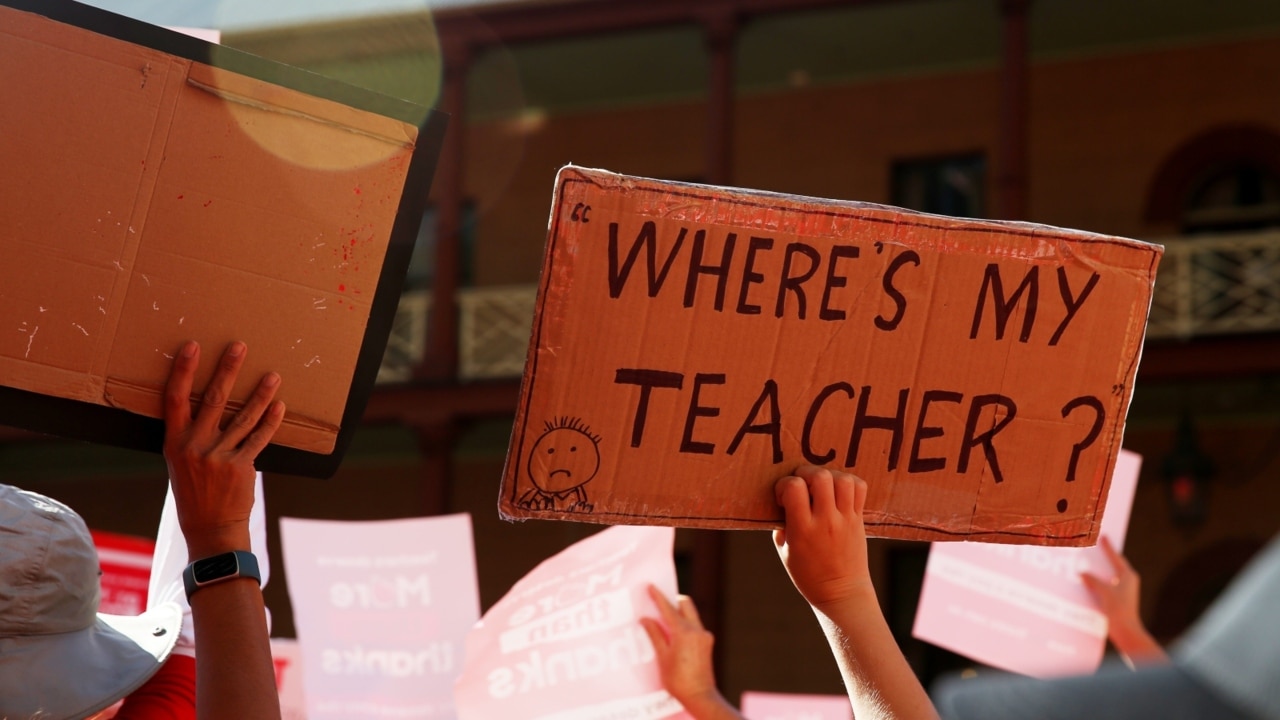
Education
Don't miss out on the headlines from Education. Followed categories will be added to My News.
The teachers’ union has given the NSW government an ‘F’ for student wellbeing, with internal documents revealing it is falling far short of its own targets in the area.
An internal Department of Education review, seen by the Telegraph, showed student wellbeing indicators were in decline and at their lowest level since 2015.
It comes as the 2022 student survey revealed just 62 per cent of high school students, and 83 per cent of primary students, reported a sense of belonging and expectations of success.
The Tell Them From Me student survey results were far below the department’s 69 per cent target for senior students, and 91 per cent for primary children.
NSW Teachers Federation president Angelo Gavrielatos said the decline only reinforced the need for the Perrottet government — and Labor — to commit to a ratio of one counsellor for every 500 students ahead of the state election.
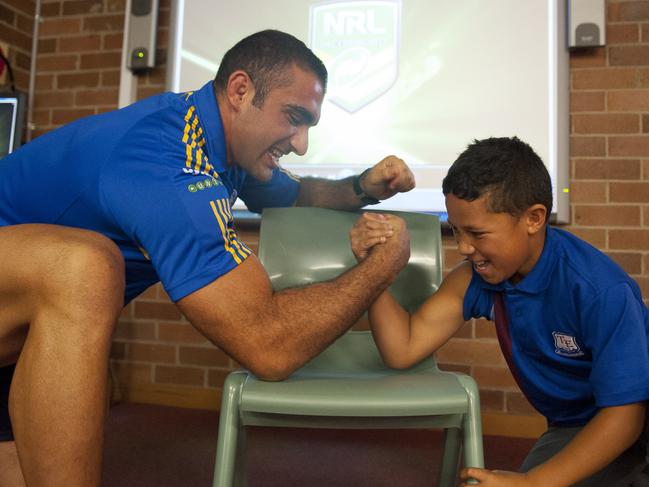
“With the pandemic and the spate of natural disasters we have seen in the last few years, there has been an exponential increase in the number of students who need counselling,” he said.
“The government is failing students and failing teachers when it comes to student wellbeing. Their own report shows they haven’t provided the guidance, the policies and the specialist support schools need to address student wellbeing.
“Their cost cutting strategy has hollowed out the Department of Education, removed expert support for schools and replaced it with a do-it-yourself model where all the responsibility for finding and implementing student wellbeing strategies rests with schools.”
Mr Gavrieltos said the department had paid consultants almost $2 million in the last three months alone to come up with health and wellbeing strategies, instead of addressing these “critical issues” through a comprehensive government approach.
“Paying hundreds of thousands to consultants to work out how to improve staff wellbeing and attract and retain counsellors is farcical,” he said.
“The answer is obvious: reduce workloads and pay teachers and counsellors what they are worth.
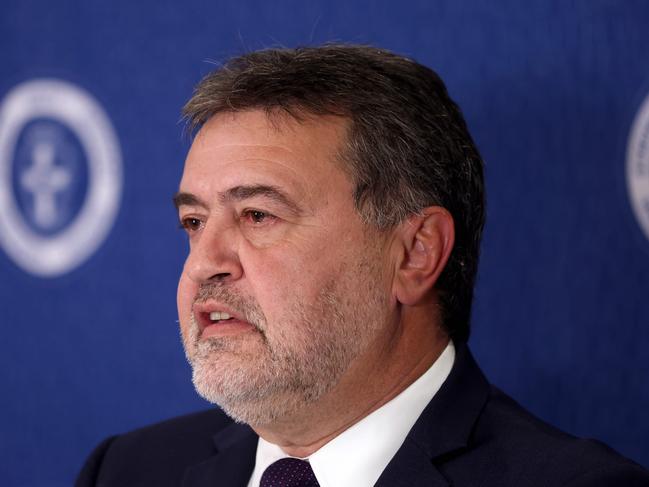
“No amount of accounting firms and consultants are going to solve the classroom crisis in NSW.”
However an education department spokesperson said spending on consultants represented just a small percentage of the education budget — in 2021 it was 0.05 per cent of the budget.
“We make no apologies for investing in an evidence-based approach to make sure the wellbeing support we offer to our students and staff is right, and having the positive impacts we want to see,” the spokesperson said.
“There is no evidence that a one in 500 ratio for school counsellors has a meaningful impact.”
Education Minister Sarah Mitchell said the decline in student wellbeing was in line with global trends, due to three years of disruptions.
This was reflected in the school survey results, which is why the department targets for wellbeing had been extended to late 2023.
“After the past few years we’ve had, our priority has been to ensure our students have access to a wide range of support services,” she said.
“This reflects the feedback from students and their families who want a range of holistic wellbeing support staff, including school counsellors, school psychologists student support officers.
“We have also made sure we have an army of more than 2000 wellbeing support staff supporting our schools, which means our NSW public schools have a ratio of one wellbeing staff for every 400 students.”
Labor’s education spokeswoman Prue Car said some schools had a counsellor available for less than a quarter of a day a week.
“The shortage of school counsellors isn’t sustainable, which is why Labor has committed to hiring additional schools counsellors through Labor’s Education Future Fund,” she said.




